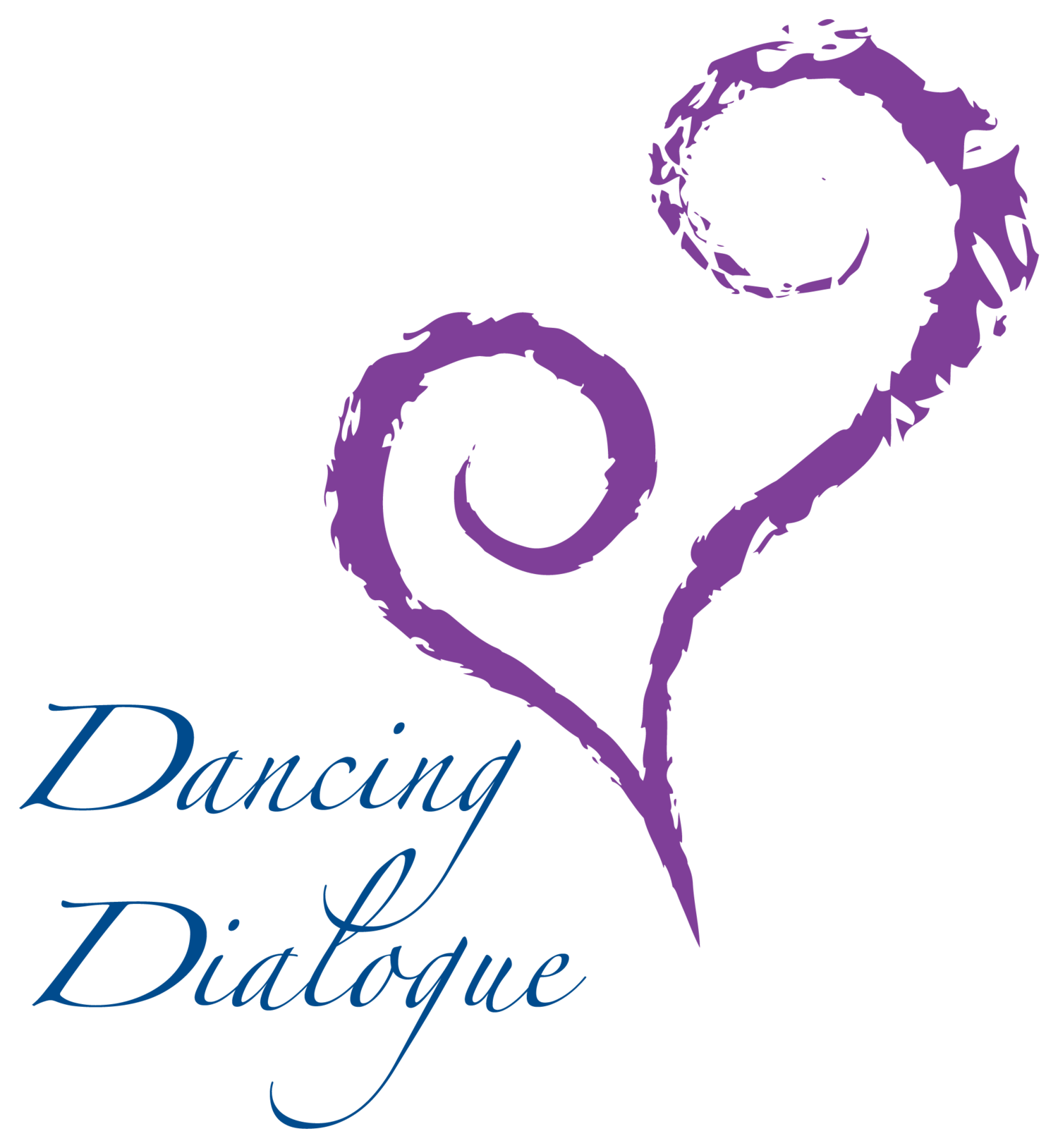Children Are Born to Dance! Pediatric Medical Dance/Movement Therapy: The View from Integrative Pediatric Oncology
by Suzi Tortora
Received: 13 November 2018 / Revised: 21 December 2018 / Accepted: 16 January 2019 / Published: 21 January 2019
(This article belongs to the Special Issue Integrative Medicine in Pediatric Oncology)
Abstract
Children freely expressing themselves through spontaneous dance is a natural part of childhood. The healing powers of dance are universal in all cultures across history. Dance/movement therapy (DMT) in pediatric oncology is little known and underutilized. This article discusses DMT, specifically focusing on pediatric oncology. It defines and clarifies the difference between medical DMT as a psychotherapeutic modality aimed at addressing the patient’s psychosocial needs, and dance and therapeutic dance used recreationally to engage patients during their hospital visits. A literature review of DMT with medically ill children in the United States and worldwide is provided. It culminates with a focus on advancements in the field, discussing the future of pediatric medical DMT. Grounded in a biopsychosocial perspective, the intrinsically nonverbal and embodied nature of pediatric medical DMT is uniquely positioned to be a strong component of integrative oncology services. The use of DMT to synthesize potentially traumatic aspects of the medical experience is proposed. It ends with a call for research posing the question: Can pediatric medical DMT support the patient to express feelings while in cancer treatment within the context of a psychotherapeutic milieu, enabling the patient to create an embodied coherent narrative that fosters expressivity and empowerment?
